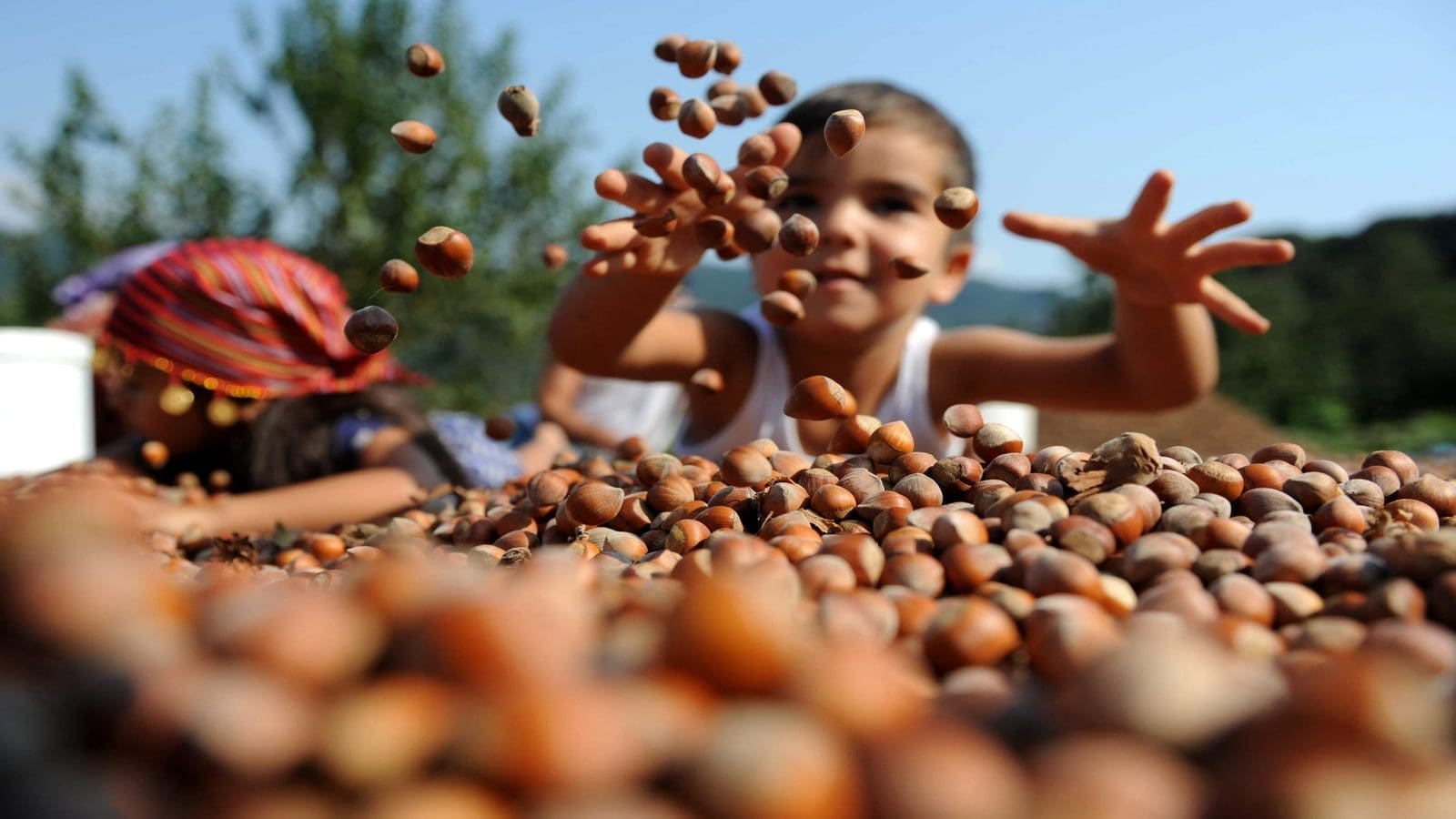KENYA – Although tea prices at the Mombasa tea auction rose in last week’s auction, some countries in the region are operating at losses with the selling price lower than the cost of production.
Data from the East African Tea Trade Association indicates that only three factories out of 30 in Uganda have managed to break even this year to September; the rest struggle to remain afloat.
Kahuna and Buhweju estates in Uganda have recorded slightly more than the break-even point of $1.65 per kilo, at $1.76 and $1.66 respectively; Muzizi estate recorded $1.65 per kilo.
Namayiba and Mwera estates recorded $1.2 per kilo.
In Tanzania, none of the 16 estates broke even. Itona, Kibwele and Kilima estates managed to sell at an average of $1.50, $1.48 and $1.47 respectively against the production cost of $1.65.
The lowest figures are from Mufindi, Kibwena and Lugoda estates that recorded $1.02, $1.10 and $1.18 over kilo respectively.
The East African Tea Trade Association figures also indicate that tea consumption is at its lowest since 2010.
The worst year globally was 2013, with a surplus of 130 million kilogrammes.
In Kenya total production was 296 million kg, with absorption at 283 million kg, up from 274.
Burundi, Kenya and Rwanda tea firms broke even up to September. As the tea prices are still low, they may need to seek alternative funding to keep their factories running due to the high cost of electricity and government taxes. They have so far recorded $2.05, $2.12 and $2.38 per kilo sales at the auction respectively.
Tea production in Kenya has seen acreage rise steadily, affirming that interest in the produce is growing and dispelling fears that farmers are switching to alternative produce.
Figures indicate that in the past five years, the total acreage under tea growing has increased by 41,000 hectares from 157,000 hectares to 198,000 hectares. Total production has grown by 111 million kilogrammes.
Kenya is one of the major tea producing countries that continue to increase their acreage under tea.
However, local consumption of tea has remained stagnant at five per cent of the total tea produced for the same period, from a high of 26 per cent in 1966.
Leading exporter
Kenya is the world’s leading exporter of black tea and the crop is a major source of foreign exchange. It is also the world’s third largest tea producer after China and India, with over 4 million people involved in tea and tea-related activities.
Official figures indicate that Kenya earned Ksh114 billion ($1.3 billion) in foreign exchange, with additional Ksh13 billion ($150 million) generated from domestic tea sales.
In Rwanda, tea is the country’s second biggest export earner, and it is estimated that it has over 30,000 smallholder farmers and associates.
In Burundi, foreign exchange earned from tea rose from $22.2 million in 2011 to $26.3 million in 2012.
In the Great Lakes region, tea has created millions of direct and indirect jobs for tea-pluckers, warehouses, hotels and tea factory workers.
Mombasa auction is one of the three global auctions alongside Colombo in Sri Lanka and Calcutta in India.









